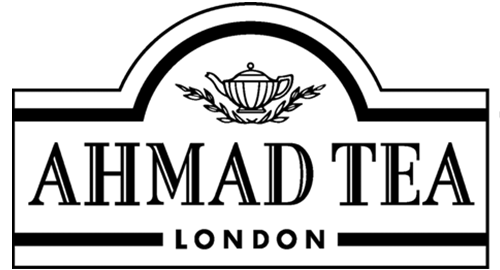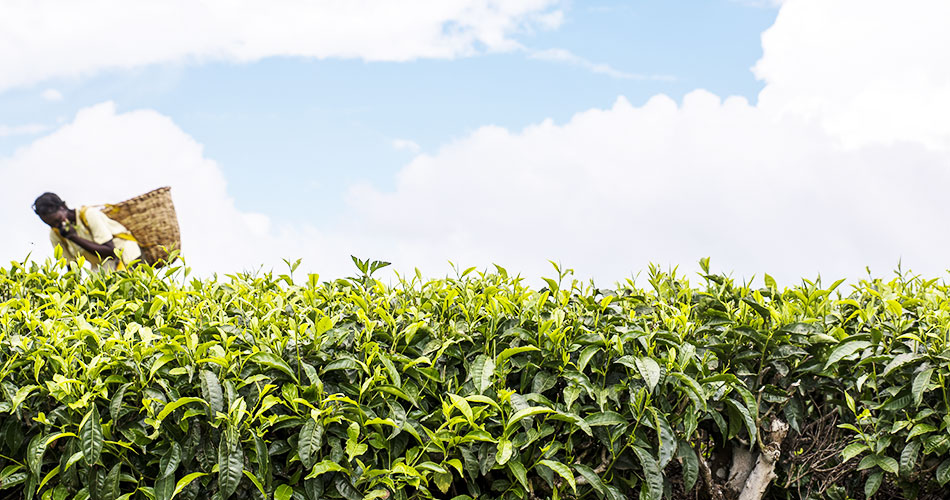Kenya has a tea history dating back to 1903 when tea seeds from India were first planted on a two acre farm. It is the world’s third largest producer of tea and is the world’s biggest exporter. The country specialises in the CTC (crush, tear, curl) method of production, where the tea leaves pass through counter-rotating rollers and the tea is very finely cut. This process has been designed to make tea for teabags.
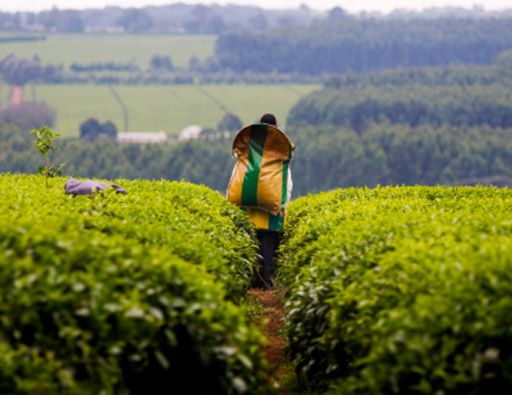
YEAR-ROUND PRODUCTION
Kenya is on the Equator, which means it can grow tea all-year-round. The country is split into two by the Great Rift Valley so the tea growing areas are divided between the East of the Rift, and the West of the Rift.
To the East is the area that traditionally produces slightly better quality tea, where there are dedicated factories that are supplied by surrounding small-holder farmers. To the West is where larger private plantation companies operate.
BRIGHT, COLOURFUL & FRESH
Generally Kenyan teas are very bright, colourful, with a reddish coppery tint and a pleasant brisk flavour. They are particularly suitable for teabags and are used in several blends, most notably English Breakfast.
Because Kenyan tea is grown all-year-round it is especially valued for its freshness.
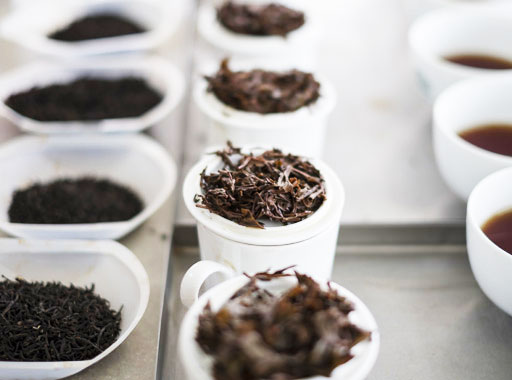
WATCH THE VIDEO
Here’s Ahmad Tea’s Tea Taster, Dominic Marriott who explains a little about the tea production business in Kenya. Learn more from Dominic, such has how to brew the perfect cup of tea, on our Youtube page>>
CONTINUE READING
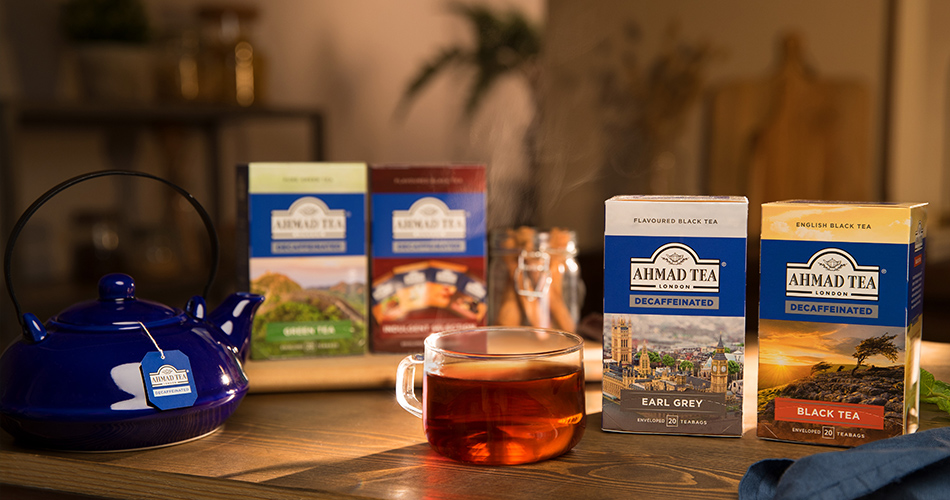
Tea and Caffeine: everything you need to know
Looking for a way to reduce your caffeine intake, this blog will help you understand caffeine in tea.
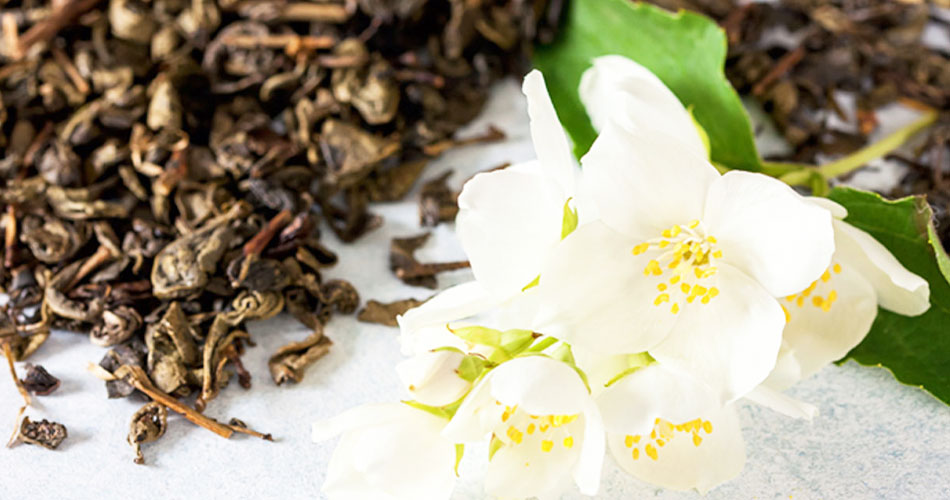
The Magic of Jasmine Tea
Jasmine Tea is known for its delicate floral aroma, smooth taste and calming properties. It is thought of as China’s…
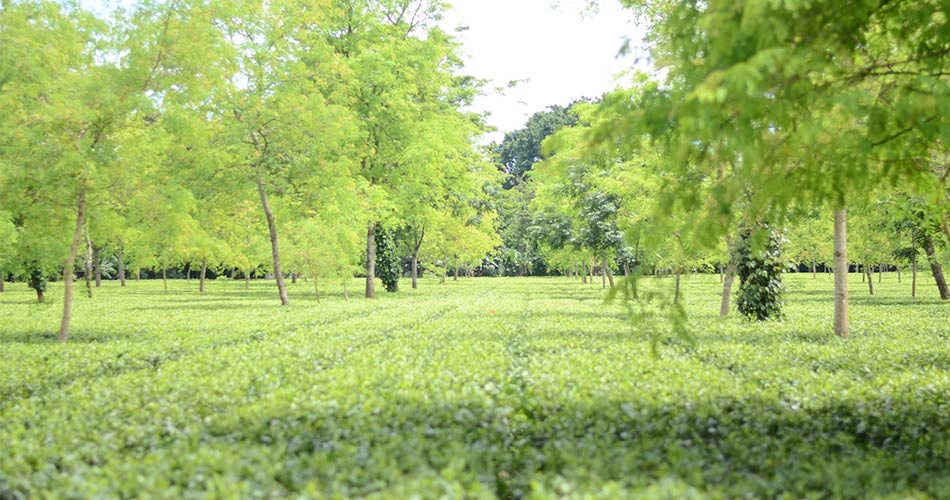
Tea Flushes Explained
If you’re a tea enthusiast, you'll likely already know that factors such as the garden's location, climate, elevation, and the…
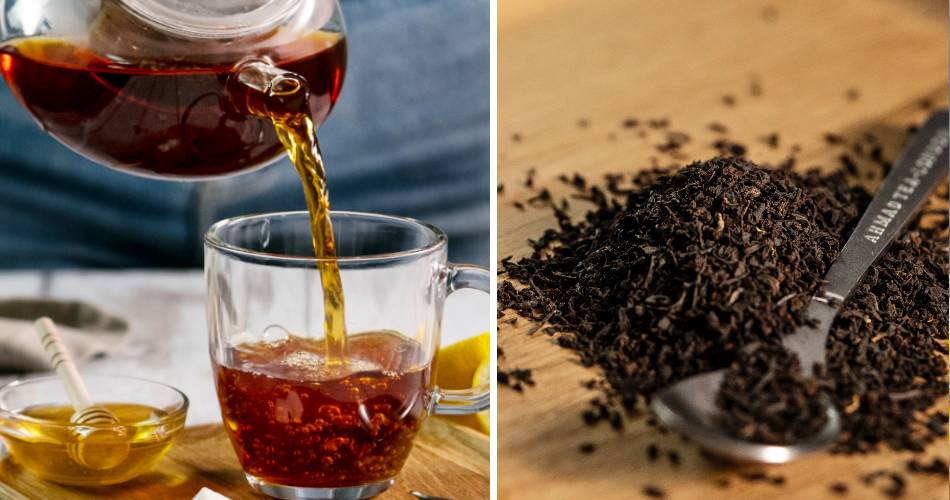
A Beginner’s Guide to Loose Tea
If you are a loose leaf tea novice then let us help guide you through the wonderful world of loose…
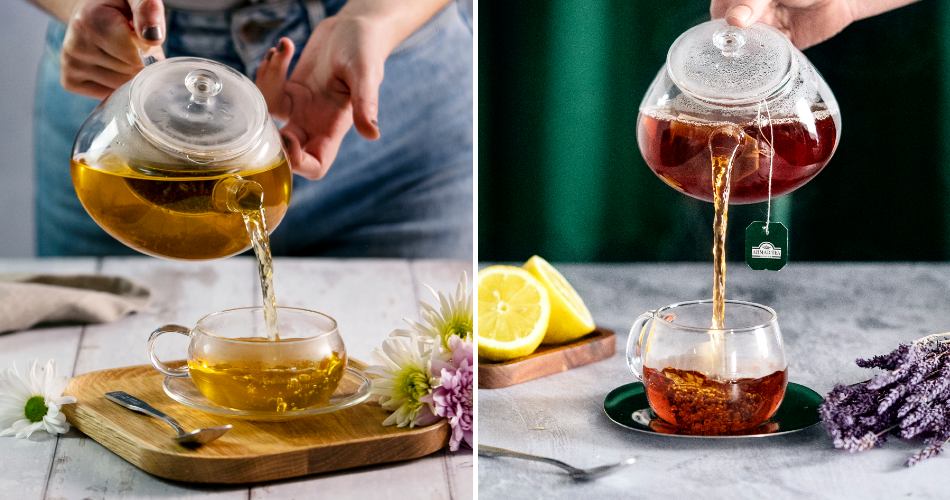
Loose Leaf Tea vs Teabags – Which one is Best?
Shedding some light on the age-old debate. in this blog we’ll look into the differences and things to consider -…
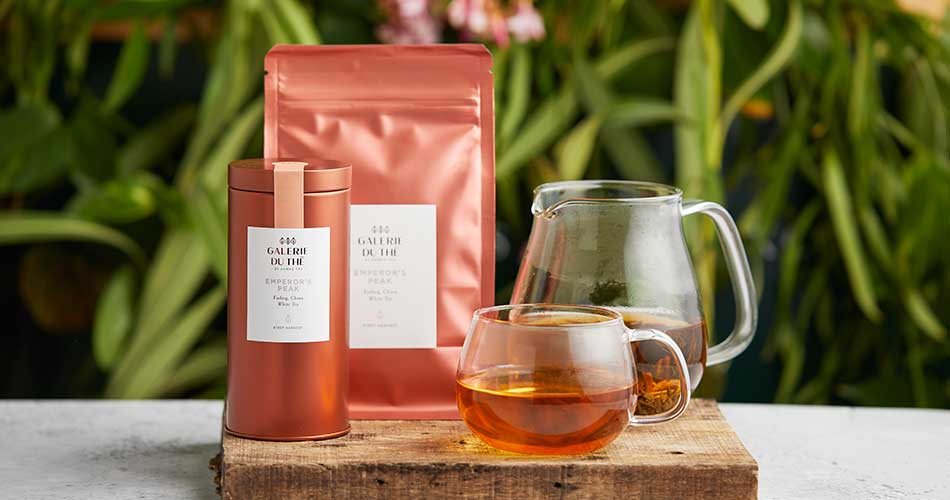
Introducing Galerie du Thé – our new luxury tea brand
Unveiling a new range of rare luxury artisan teas from the world's most sought after tea gardens.
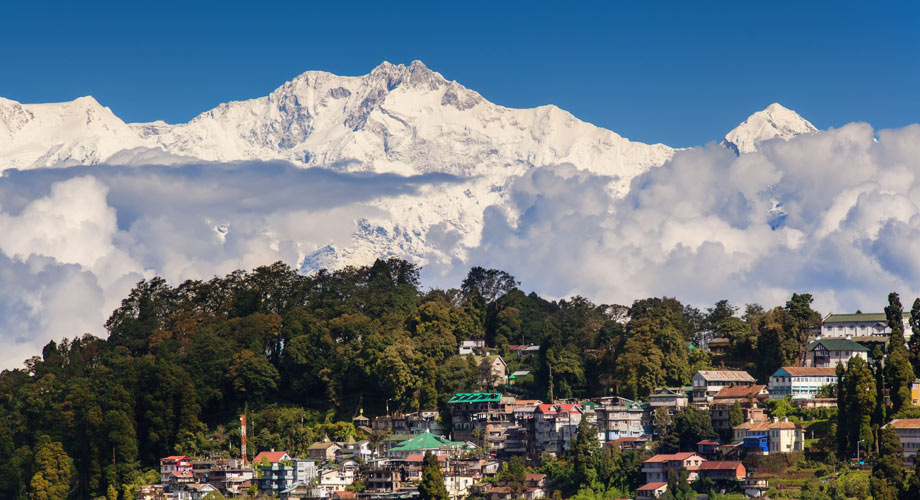
A (tea)potted history of Darjeeling
Learn about the 'land of the thunderbolt.' A brief history of the place that gives the wonderful speciality tea we…
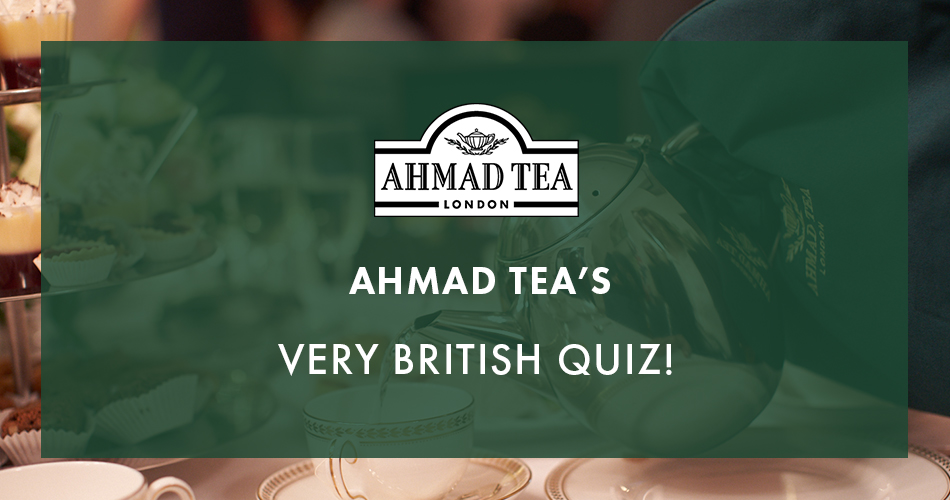
Ahmad Tea’s Very British Quiz
Think you know your cream tea from your builder’s tea? Test your knowledge on all things British and tea-related in…
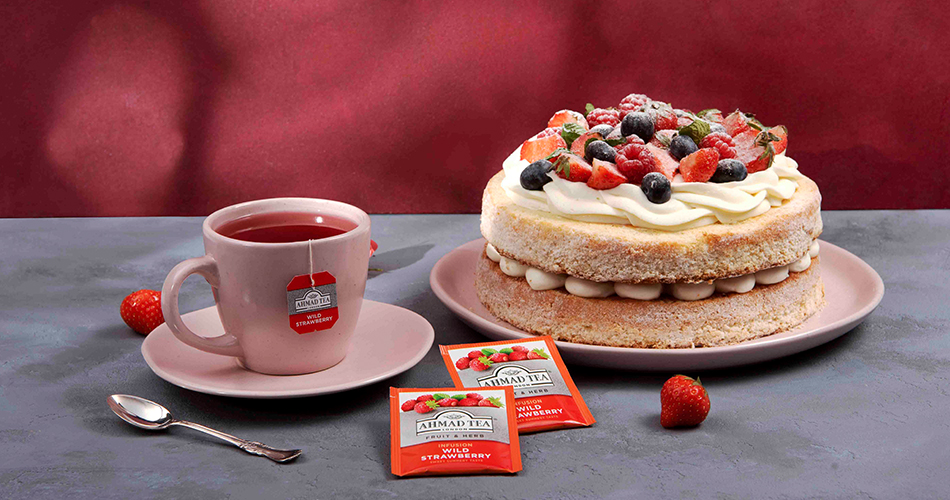
The Perfect Cake for Afternoon Tea
We asked Eileen Donaghey, The Afternoon Tea Expert, to share her tips on the perfect cake to accompany a home…
